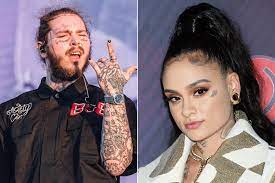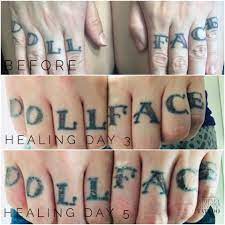
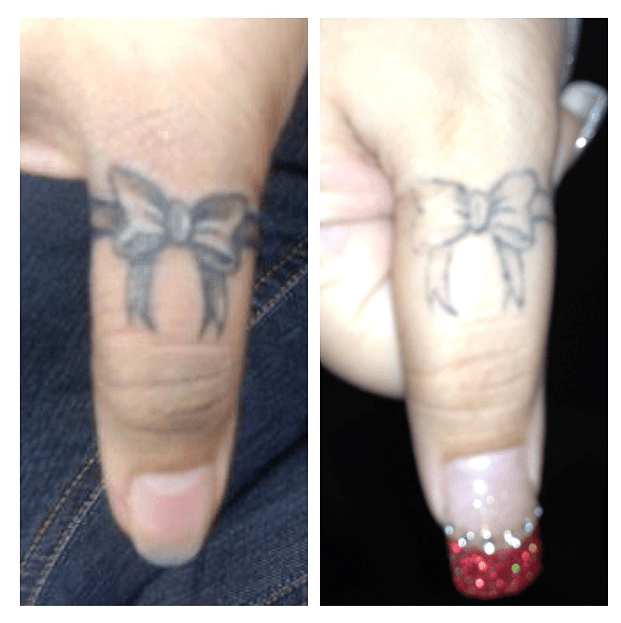
Tattoos on the hands require extra care during the healing process, as they tend to heal more slowly than Tattoos on other body parts. The thin skin and constant friction on the fingers can cause the ink to fade or blur more quickly. To ensure optimal healing of a finger tattoo, it is essential to regularly clean and treat the area with the appropriate ointment.
Stage 1: Redness and Swelling
Immediately after getting a finger tattoo, you can expect redness, swelling, and discomfort for the first 24-72 hours. This is normal and is similar to a cut or scrape. You can soothe the area by applying ice packs and elevating your hand. Using antibacterial ointment during this stage will help prevent infection. If the redness worsens or is accompanied by increasing pain, pus, or green-to-yellow fluid, it is advisable to seek medical advice. Use liquid pump soap instead of bar soap to cleanse the tattoo. Apply light layers of non-scented lotion to keep the skin hydrated but avoid suffocating it. Do not pick at any loose scabs, as this can delay the healing process and distort the ink.
Stage 2: Itching and Flaking
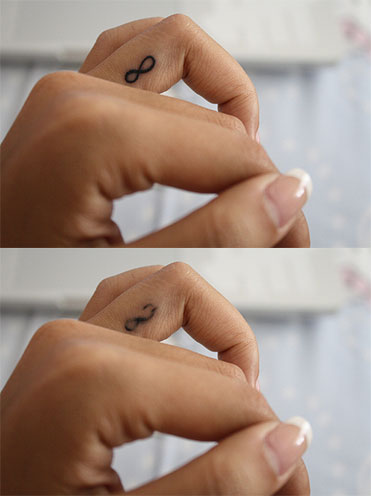
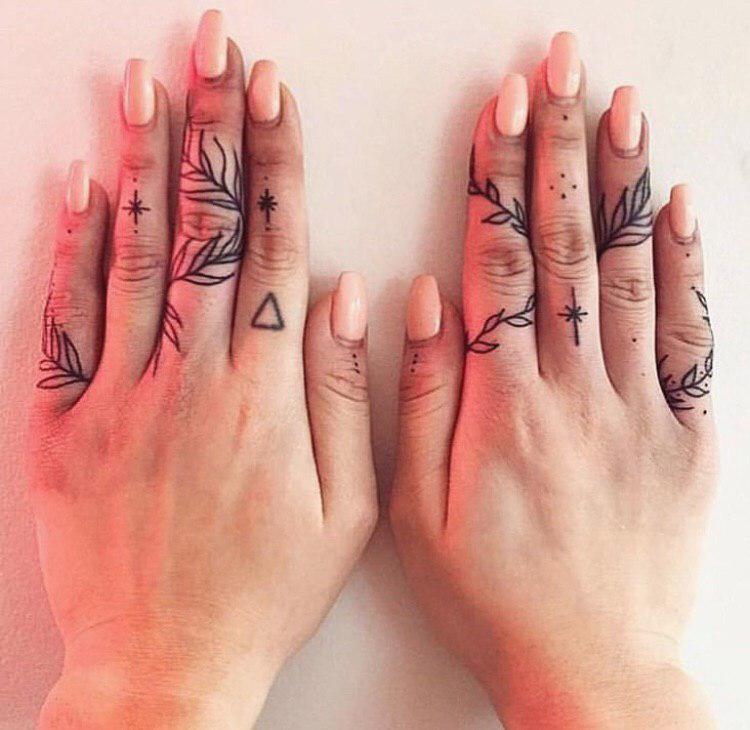
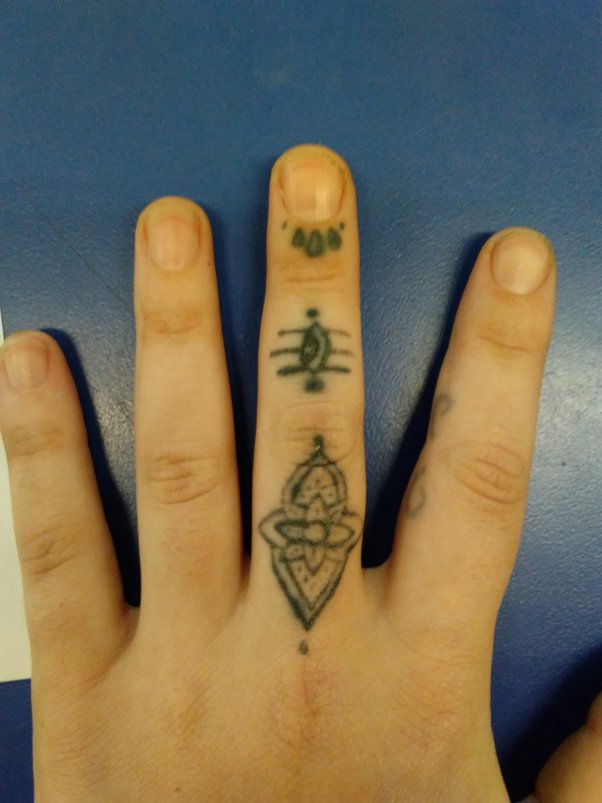

During this stage, your finger tattoo will naturally flake and peel. It is crucial not to pick at it, as this can disrupt the ink and cause complications. Applying lotion or moisturizer can help ease the itching. When touching your fingers, it is recommended to cover them with a thick cloth to prevent accidentally tearing the new skin or pulling off scabs too early. If you have psoriasis or other autoimmune diseases that cause flare-ups from scratching, use lotions without fragrances or triggering ingredients. Moisturize frequently to find relief from itching.
Stage 3: Dry Skin
After the skin has healed, it may feel dry and flaky, leading to itchy rashes. Regular moisturization with fragrance-free lotion is necessary during this stage. Avoid scratching, as it can remove ink from new tissue cells, resulting in light spots on the tattoo. Scabs may begin to form, and while it can be itchy, picking at them can delay healing and cause further complications. After cleaning the tattoo, use clean hands to gently pat it dry. Blotting is recommended to avoid premature scab fall-off. Keep the skin hydrated with light moisturizers to prevent the ink from drying out too soon.
Stage 4: Scabs and Dead Skin
As scabs form, the initial stages of wound healing begin. Your skin may appear slightly swollen, red, and tender. Clear fluid may seep out as blood vessels open up to supply oxygen and nutrients to the area, while white blood cells fight off infection and the tissues repair themselves. It may seem like the tattoo is peeling, but this is a normal part of the healing process. Eventually, the scabs will flake off, leaving a slightly duller tattoo behind. Apply moisturizer twice a day to keep the skin healthy and hydrated. Finger Tattoos often take longer to heal due to daily wear and tear, so following your artist’s aftercare instructions is crucial, which may include washing your hands regularly, avoiding sun exposure and pool water, and continuing to hydrate the area for a successful healing process.
